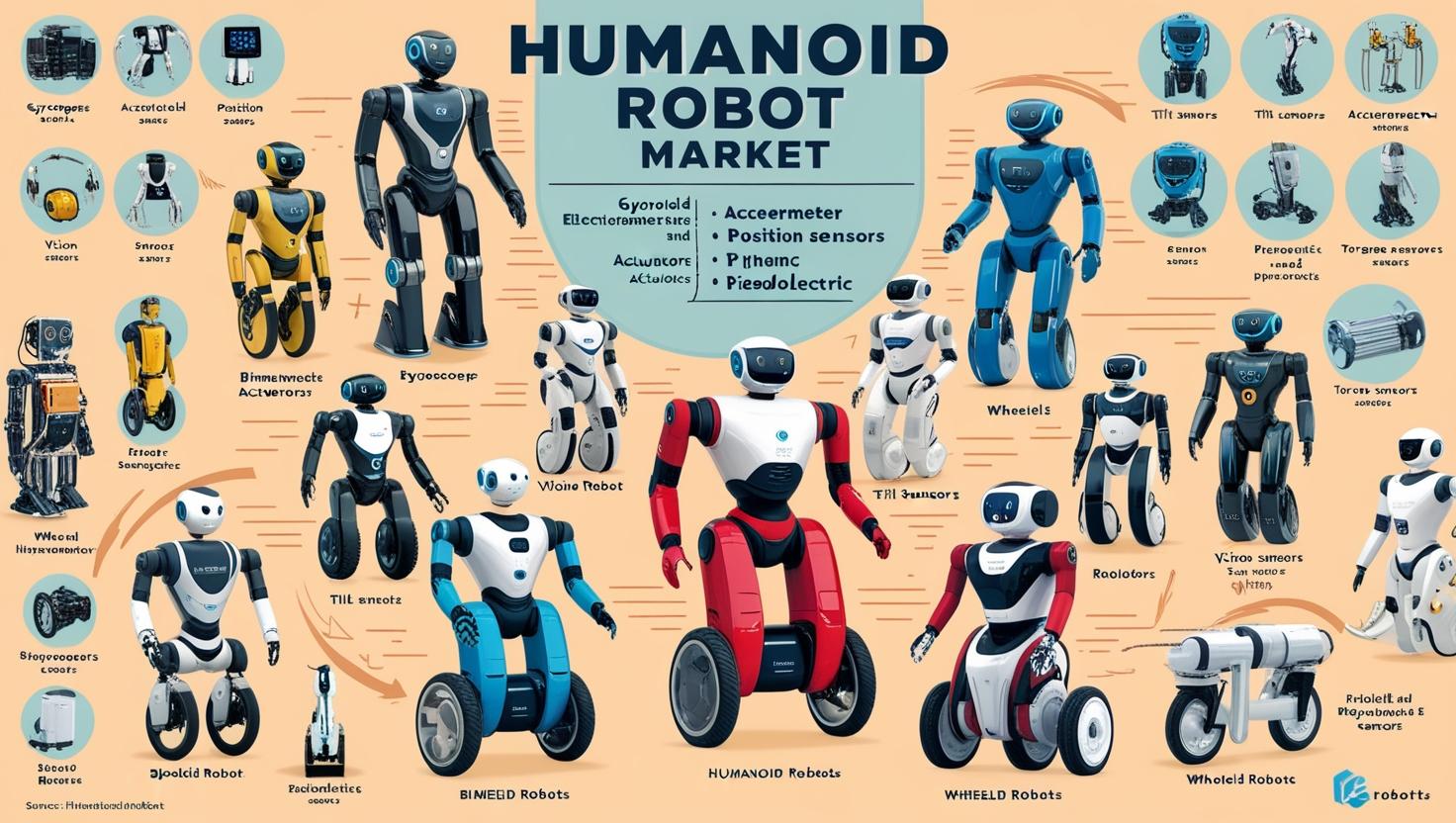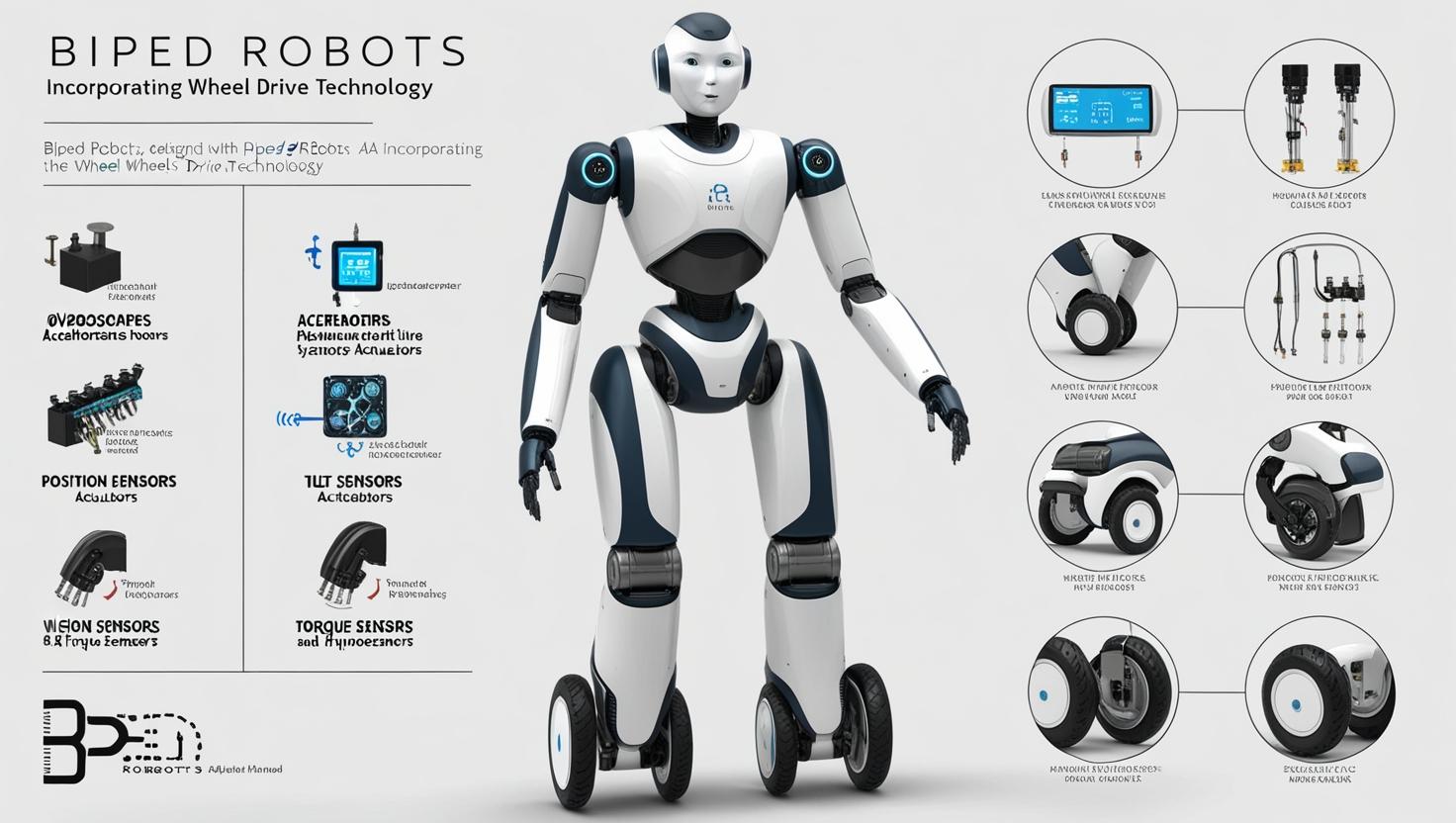The Asia Pacific region is rapidly emerging as a global leader in robotics innovation, particularly in the realm of humanoid robots. These robots, designed to resemble human beings in both form and function, are transforming industries ranging from manufacturing to healthcare, entertainment, and customer service. As technology advances and demand for automation increases, the Asia Pacific humanoid robot market is set for rapid expansion, with substantial growth forecasted in the coming years.

Explore the future of robotics in the Asia Pacific region, the driving factors behind the growth of the humanoid robot market, key players, and the potential impact on various industries.
The Rise of Humanoid Robots in Asia Pacific
Humanoid robots are designed to mimic human movements, behavior, and even communication, making them highly versatile for a wide range of applications. The Asia Pacific region, which includes countries like Japan, South Korea, China, and India, has long been at the forefront of robotics research and development. The market for humanoid robots is expected to grow exponentially due to several factors, including technological advancements, increasing labor shortages, and a greater emphasis on automation in various sectors.
Key Drivers of Market Growth
1. Technological Advancements
Technological innovation is one of the primary drivers behind the expansion of the Asia Pacific humanoid robot market. Significant breakthroughs in artificial intelligence (AI), machine learning, sensors, and robotics hardware have allowed humanoid robots to become more sophisticated, cost-effective, and practical for everyday applications. These advances have led to more capable robots that can interact with humans, navigate complex environments, and perform tasks with increasing precision.
-
AI Integration: AI is enabling humanoid robots to perform tasks traditionally reserved for humans, including communication, decision-making, and complex problem-solving. Robots are becoming smarter and more adaptable, making them ideal for various business and personal applications.
-
Improved Mobility and Dexterity: Innovations in motors, actuators, and materials are helping humanoid robots move with greater fluidity, making them more functional in dynamic environments. This is especially critical in industries like healthcare, where humanoid robots can assist with physical tasks, such as lifting patients or performing delicate surgeries.
2. Labor Shortages and Aging Populations
Asia Pacific countries, especially Japan and China, are facing significant labor shortages due to aging populations and declining birth rates. This demographic shift has created a pressing need for automation, especially in industries that rely on manual labor, such as manufacturing, healthcare, and retail.
-
Healthcare Assistance: In countries like Japan, where the elderly population is rapidly growing, humanoid robots are being deployed to assist in caregiving. Robots can help elderly people with mobility, provide companionship, and even monitor health metrics, alleviating the pressure on caregivers and improving the quality of life for seniors.
-
Manufacturing and Service Industries: Humanoid robots are increasingly being used in sectors that face workforce shortages. For instance, robots in manufacturing can take over repetitive and labor-intensive tasks, while humanoid robots in customer service roles can engage with clients in retail stores, hotels, and other public service areas.
Download PDF Brochure @
https://www.marketsandmarkets.com/pdfdownloadNew.asp?id=99567653
3. Government Support and Investment
Governments across the Asia Pacific region have recognized the potential of humanoid robots in transforming industries and boosting economic growth. As a result, they are investing heavily in research and development, as well as providing financial incentives to companies involved in robotics innovation.
-
Japan’s Robot Revolution: Japan has long been a leader in robotics, with companies like Honda (ASIMO), SoftBank Robotics (Pepper), and Toyota pushing the boundaries of humanoid robotics. The Japanese government has been supportive of the robotics sector, seeing it as a key solution to the country’s aging population and labor shortages.
-
China’s Growing Interest: China, as the world’s most populous country, is increasingly investing in humanoid robotics to address labor shortages and enhance productivity across industries. The Chinese government’s strategic emphasis on “Made in China 2025” has given rise to a flourishing robotics sector, making the country a hub for humanoid robot development.
-
India’s Robotics Initiatives: India is also seeing growth in the humanoid robotics space, particularly in research and educational applications. The Indian government is encouraging robotics development as part of its efforts to build a more technologically advanced and automated economy.
4. Industry-Specific Demand
Several industries in Asia Pacific are becoming key adopters of humanoid robots, each benefiting from the unique capabilities these robots offer:
-
Healthcare: Humanoid robots are revolutionizing healthcare by assisting doctors, nurses, and caregivers in a variety of ways. From performing remote surgeries to offering companionship and support for elderly patients, humanoid robots can improve patient outcomes and alleviate the burden on healthcare workers.
-
Retail and Hospitality: Humanoid robots are making their way into retail environments, where they can greet customers, provide information, and even handle transactions. In hospitality, humanoid robots are becoming commonplace in hotels, providing concierge services and delivering room service.
-
Education and Research: In educational institutions, humanoid robots are being used for research purposes and to teach robotics to students. They also serve as interactive learning tools that engage students in STEM education.

Challenges to Overcome
While the future looks promising for the Asia Pacific humanoid robot market, there are still several challenges to overcome before robots can become commonplace in various industries.
1. Cost of Development
Despite technological advances, the development and manufacturing of humanoid robots are still expensive. While prices are expected to decrease over time as technology becomes more scalable, initial costs can be a significant barrier for smaller businesses or governments with limited resources.
2. Ethical and Social Concerns
The integration of humanoid robots into daily life raises important ethical and social questions. Concerns about job displacement, privacy, and the role of robots in sensitive settings like healthcare must be addressed to ensure that humanoid robots are deployed responsibly and ethically.
3. Human-Robot Interaction
For humanoid robots to be truly effective, they must be able to communicate and interact naturally with humans. Although AI and machine learning are advancing rapidly, there is still work to be done to make robots more intuitive and empathetic in their interactions with people.
Key Players in the Asia Pacific Humanoid Robot Market
Several companies and organizations are leading the way in humanoid robot development in Asia Pacific:
-
Honda: With its well-known ASIMO robot, Honda has been a pioneer in humanoid robotics, focusing on mobility and human-like interactions.
-
SoftBank Robotics: The developer of Pepper, SoftBank Robotics is at the forefront of human-robot interaction in commercial and retail environments.
-
Toyota: Known for its contributions to industrial robotics, Toyota is also venturing into humanoid robots, particularly for healthcare and service industries.
-
UBTECH Robotics: A Chinese company specializing in humanoid robots, UBTECH has made significant strides in creating robots for both consumer and professional use.
The Road Ahead
The Asia Pacific humanoid robot market is set to experience rapid expansion in the coming years, fueled by technological advancements, government investment, and the growing need for automation across various sectors. As humanoid robots become more integrated into industries like healthcare, retail, and manufacturing, they will play a pivotal role in addressing labor shortages, improving efficiency, and enhancing the quality of human life.
However, for the humanoid robot industry to fully realize its potential, it will require continued innovation, ethical considerations, and the support of both public and private sectors. With the right investment in technology and infrastructure, the Asia Pacific region will undoubtedly remain a global leader in the future of robotics.
The Asia Pacific humanoid robot market is poised for significant growth, driven by advances in technology, increased demand for automation, and robust government support. As humanoid robots continue to evolve and find applications in more industries, the future of robotics in the region looks incredibly promising. While challenges remain, the path forward is filled with exciting opportunities to revolutionize industries and improve lives across the globe.
